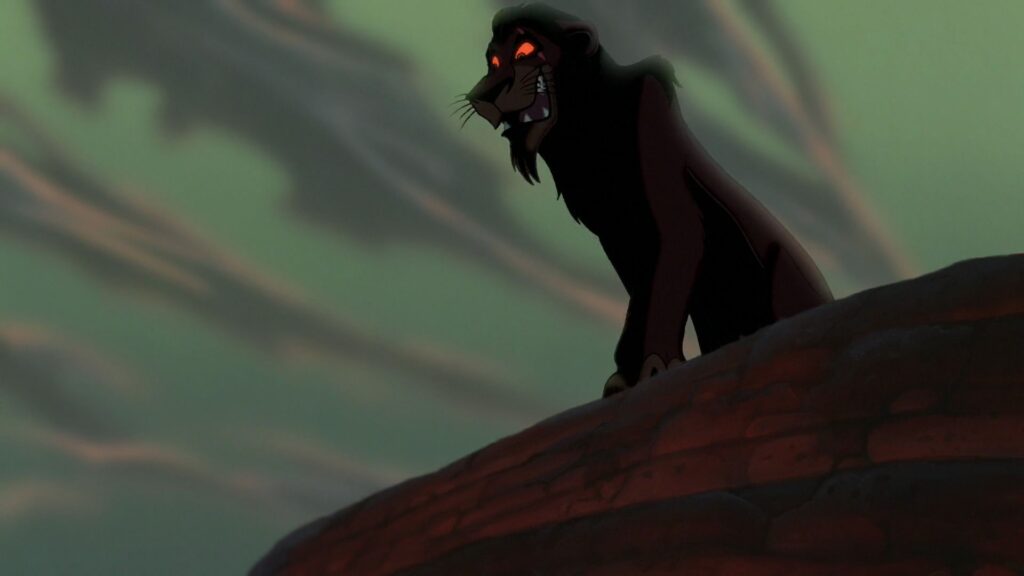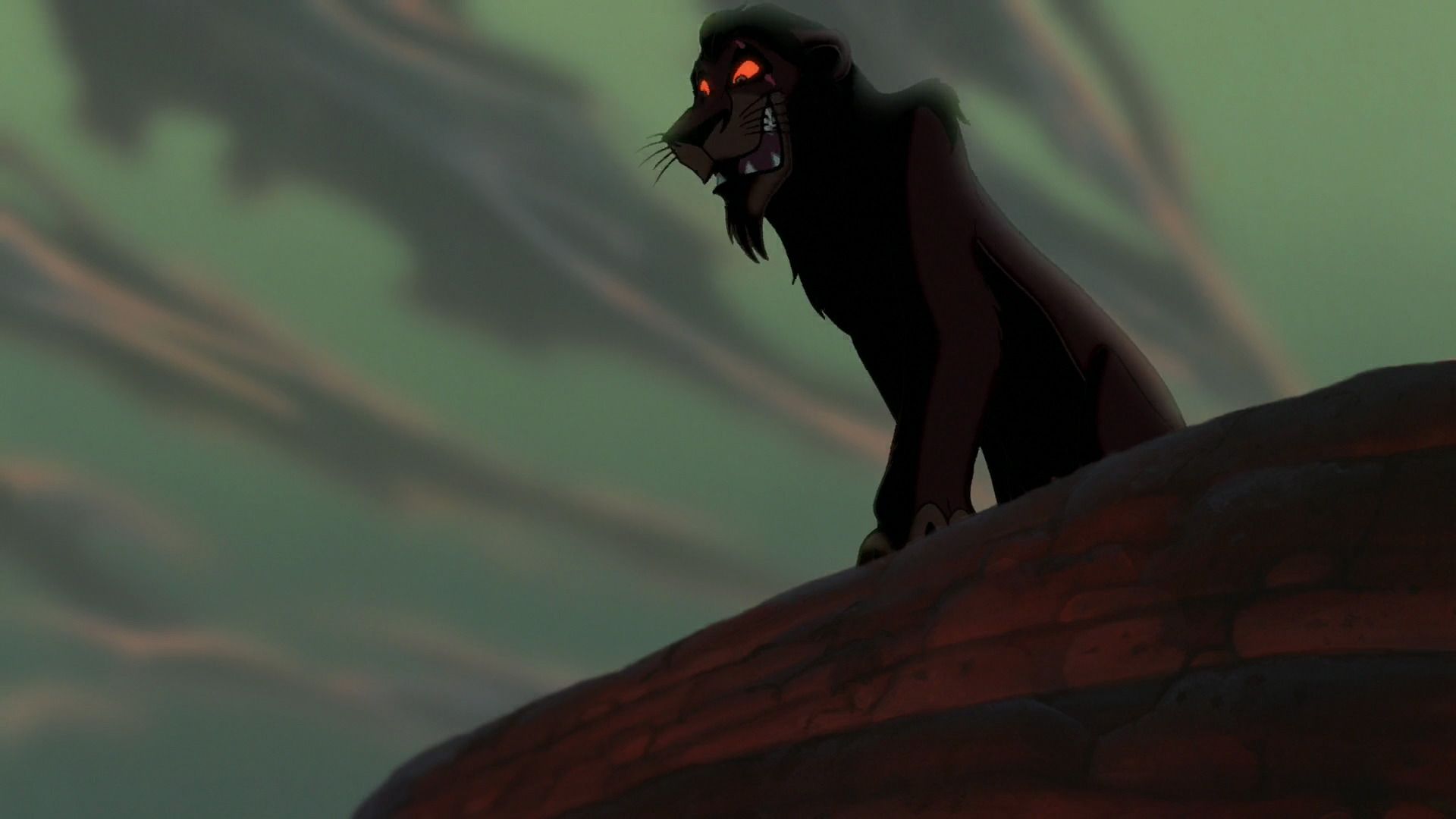
The Scar Villain: Exploring the Psychology and Allure of Iconic Scars in Antagonists
The scar villain is a recurring trope in literature, film, and video games, instantly recognizable and often deeply compelling. From the disfigured Phantom of the Opera to the menacing Scar from The Lion King, scars serve as visual shorthand for a character’s damaged past, moral ambiguity, or outright evil. But what is it about the scar villain that captivates audiences? This article delves into the psychology behind the allure, examining how these marks shape our understanding of these complex characters.
The Visual Language of Scars
Scars are more than just physical imperfections; they are narratives etched onto the skin. They speak of battles fought, traumas endured, and losses suffered. For a scar villain, the scar often represents a turning point, a moment of profound change that set them on their path to villainy. The location, size, and nature of the scar can all contribute to the character’s overall persona. A facial scar, for example, immediately draws attention and can be perceived as a sign of aggression or untrustworthiness. A hidden scar, on the other hand, might suggest a deeply buried secret or a vulnerability that the character is trying to conceal.
Consider Darth Vader’s extensive scarring beneath his mask. While initially hidden, the reveal of his ravaged body in Return of the Jedi underscores the physical and emotional toll of his transformation into a Sith Lord. The scar becomes a symbol of his fall from grace, a constant reminder of his past life as Anakin Skywalker.
Psychological Impact and Character Development
The presence of a scar can significantly influence a character’s psychological state. It can lead to feelings of shame, anger, resentment, and isolation. A scarred villain may feel ostracized from society, leading them to seek revenge or to embrace their perceived monstrousness. The scar can become a source of power, a badge of honor in a twisted sense, reinforcing their identity as an outsider.
Furthermore, the scar can serve as a constant trigger, reminding the scar villain of the event that caused it. This can fuel their rage and drive them to commit acts of violence or cruelty. The scar becomes a physical manifestation of their inner turmoil, a visible representation of their psychological wounds.
Exploring Famous Scar Villains
Scar (The Lion King)
Perhaps one of the most iconic scar villains, Scar’s facial scar perfectly embodies his treacherous and envious nature. The scar is a visual marker of his internal darkness, hinting at the cruelty and ambition that drive him to usurp the throne. His scar makes him instantly recognizable and distinguishes him from the other lions in the pride, further emphasizing his outsider status and resentment towards Mufasa.
Voldemort (Harry Potter)
While Voldemort’s physical appearance changes dramatically throughout the Harry Potter series, the lingering effects of his attempts to cheat death leave him with a snake-like visage, reflecting his cold and ruthless nature. Though not a traditional scar, his disfigurement functions similarly, highlighting his detachment from humanity and his embrace of dark magic. The absence of a nose, coupled with his pale skin and red eyes, creates a chilling image that reinforces his status as a terrifying villain.
Zuko (Avatar: The Last Airbender)
Zuko, while initially an antagonist, undergoes significant character development. His scar, a burn mark inflicted by his father, serves as a constant reminder of his banishment and the immense pressure he faces to regain his honor. The scar is a symbol of his internal conflict, representing both his pain and his determination. As the series progresses, Zuko’s scar becomes less a symbol of his villainy and more a testament to his resilience and eventual redemption. He evolves from a scar villain to a complex and ultimately heroic character.
Two-Face (Batman)
Harvey Dent’s transformation into Two-Face is a classic example of how a scar can lead to a descent into madness. Acid burns half of his face, leaving him physically and psychologically scarred. The scar becomes a visual representation of his fractured psyche, embodying the duality that plagues him. He becomes obsessed with chance and uses a coin to make decisions, reflecting the randomness and chaos that have taken over his life. The scar is not just a physical disfigurement; it is a symbol of his shattered idealism and the corruption of justice.
The Allure and Danger of Romanticizing Scars
While scars can be compelling and add depth to a character, it’s important to avoid romanticizing them. Scars are often the result of trauma, violence, or illness, and it’s crucial to acknowledge the real-world pain and suffering that they represent. The scar villain trope can be problematic if it perpetuates harmful stereotypes or glorifies violence. It’s essential to portray scars with sensitivity and to avoid using them solely as a shorthand for evil or mental instability.
However, the enduring appeal of the scar villain lies in their complexity. They are often characters who have been shaped by their experiences, both good and bad. Their scars serve as a reminder of their past, a visual representation of their struggles. By exploring the motivations and psychological impact of scars, writers can create compelling and nuanced villains that resonate with audiences.
Modern Interpretations of the Scar Villain
The scar villain archetype continues to evolve in modern storytelling. Contemporary writers and filmmakers are exploring the nuances of trauma and its impact on character development, moving beyond simple depictions of scars as markers of evil. They delve deeper into the psychological complexities of these characters, exploring the root causes of their villainy and the potential for redemption. We see this in characters like Killmonger from Black Panther, whose body is covered in scarifications that represent the people he has killed, each mark a reminder of his violent past and his unwavering commitment to his cause. His scars are not just aesthetic; they are integral to his character and his motivations.
Another example can be seen in video games. Many antagonists feature prominent scars that tell a story of hardship and conflict. These visual cues allow players to instantly understand the character’s history and motivations, creating a more immersive and engaging experience.
Conclusion: The Enduring Legacy of the Scar Villain
The scar villain remains a powerful and enduring archetype in storytelling. From classic literature to modern cinema, scars continue to fascinate and intrigue audiences. By understanding the psychology behind the allure of the scar, we can better appreciate the complexity of these characters and the stories they tell. The scar is more than just a physical mark; it is a symbol of trauma, resilience, and the enduring power of the human spirit. The scar on a villain often hints at a past that justifies their present actions, even if those actions are morally reprehensible. The enduring presence of the scar villain in our cultural landscape is a testament to the power of visual storytelling and the enduring fascination with characters who are both flawed and compelling. Understanding the scar and its impact on the character is key to understanding the villain themselves.
[See also: The Psychology of Villains]
[See also: The Most Memorable Movie Villains]
[See also: How Scars Shape Character Development]

